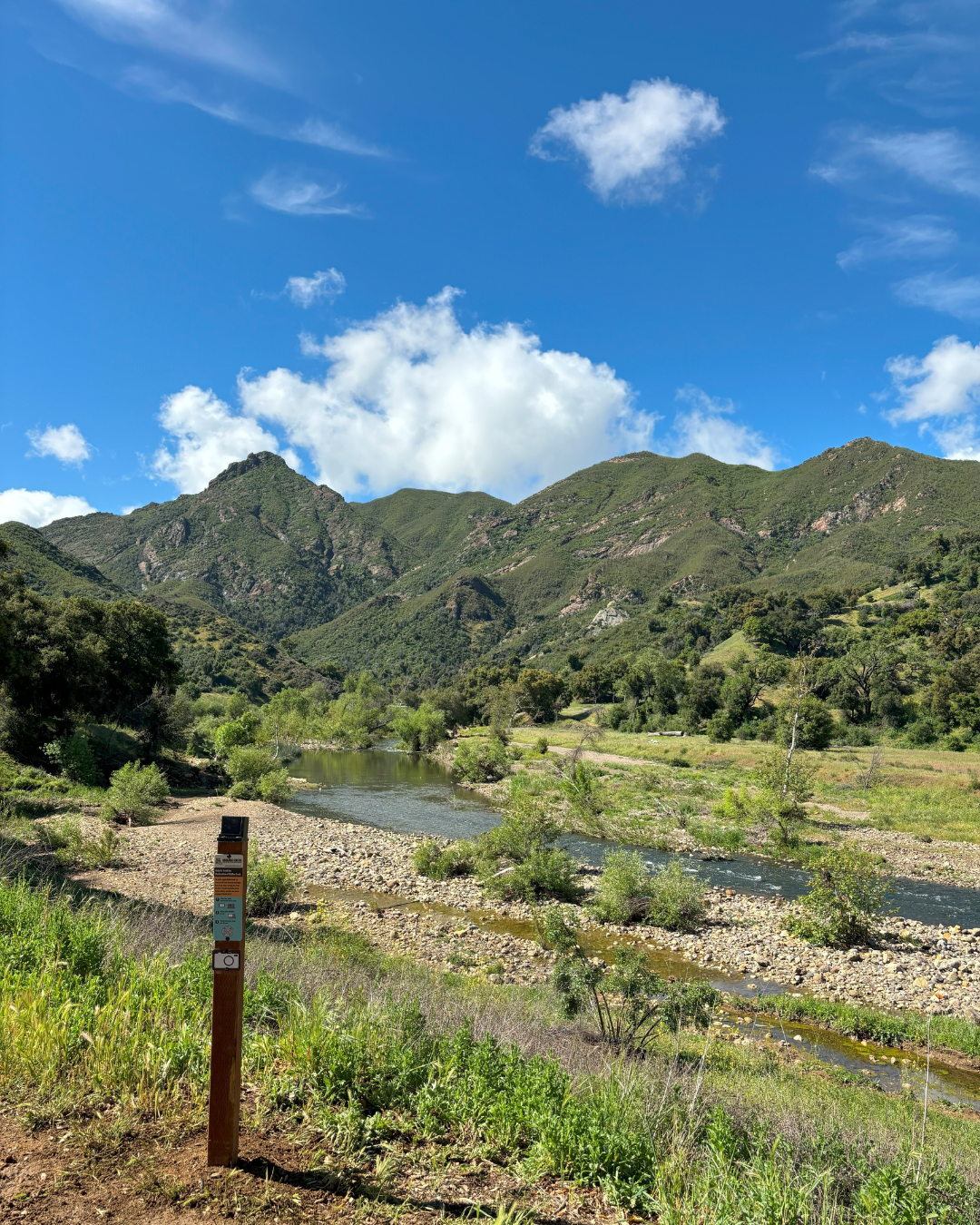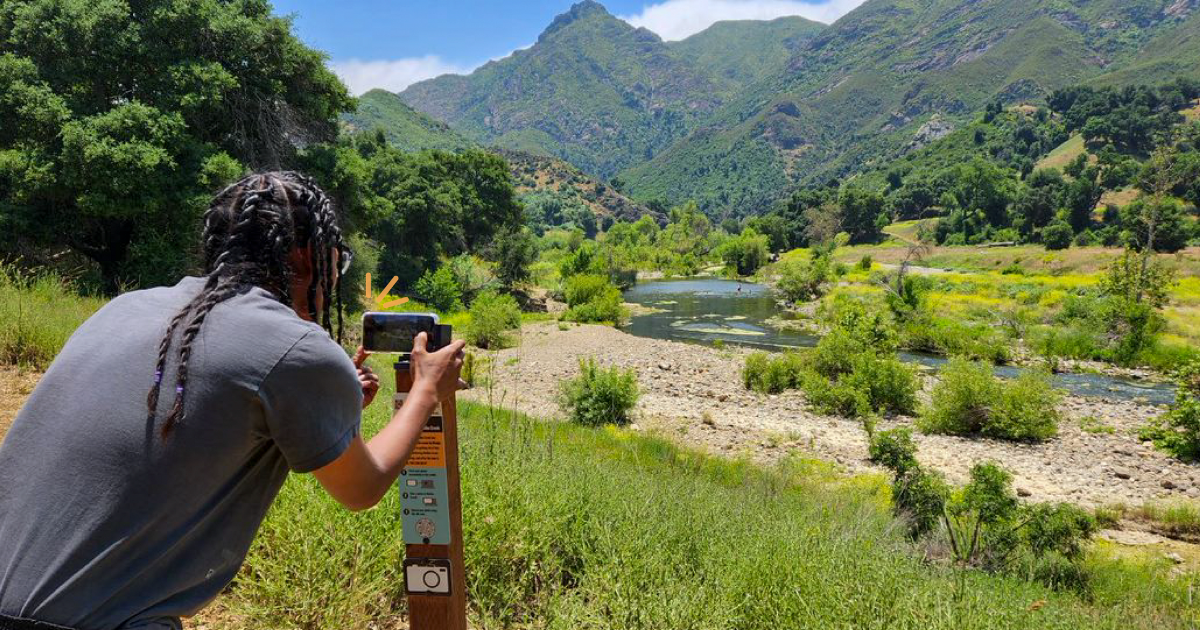New Site Added to the Malibu Creek Ecosystem Restoration Project Community Science Program
We have just added a new photo site to our Malibu Creek Ecosystem Restoration Community Science Program, which joins the existing ones at Malibu Lagoon and in Malibu Creek State Park. What does this mean? It is easier for you to join our Malibu Creek Ecosystem Restoration Project (MCERP) as a community scientist! How? By snapping a picture at one of these sites and uploading it, you can help us monitor the watershed and collect critical pre-dam removal data.

The new photo site is located on the coast access stairs that lead to the beach east of Malibu Pier. Public participation at this new location will help build a robust data set to monitor shoreline conditions before, during, and after the historic dam removal project.
Visitors to Malibu Creek State Park and Malibu Lagoon State Beach have been actively participating in the program since it was launched in Spring 2024. The community science program is an important part of the MCERP’s current pre-construction, engineering, and design (PED) phase. We are working toward removing Rindge Dam and rebuilding ecological resiliency to a key watershed in the Santa Monica Mountains.
Once completed, the project will restore creek ecosystem functions and increase habitat connectivity for native species. Removing Rindge Dam will restore access to 15 miles of stream habitat for the endangered southern California steelhead (Oncorhynchus mykiss), improve climate resiliency, and restore natural sediment transport processes that will nourish our beaches.


“Rindge Dam will start coming out in the next few years. Individual people collecting data during this time and joining the restoration community is a critical part. These photos will directly inform the growing scientific understanding of the positive benefits of dam removal but they will also tell an amazing story about new beginnings,” said Russell Marlow, CalTrout's South Coast Regional Manager.
The removal of the Rindge Dam is being led by Malibu Creek State Park. The community science monitoring program is funded by Resources Legacy Fund (RLF) focused on dam removal and river restoration in the American West, and the Dorrance Family Foundation focused on improving the quality of life in communities by supporting education and natural resource conservation.

To learn more about the Community Science program and all locations visit www.restoremalibucreek.org/community-science.
To obtain more program and project information, visit www.parks.ca.gov/MCERP. To sign up for email notifications or for questions about the project, email restoremalibucreek@parks.ca.gov.





